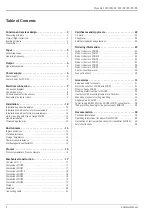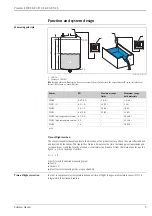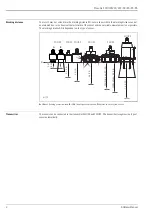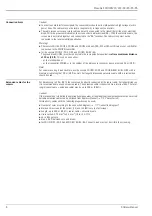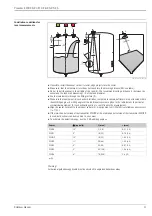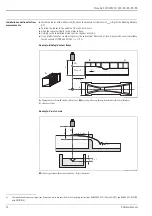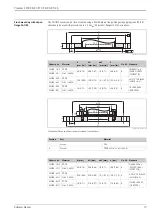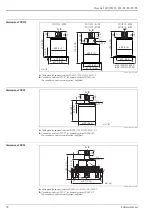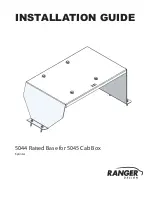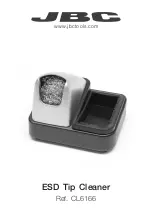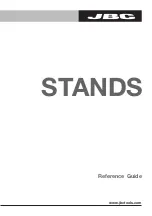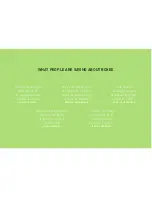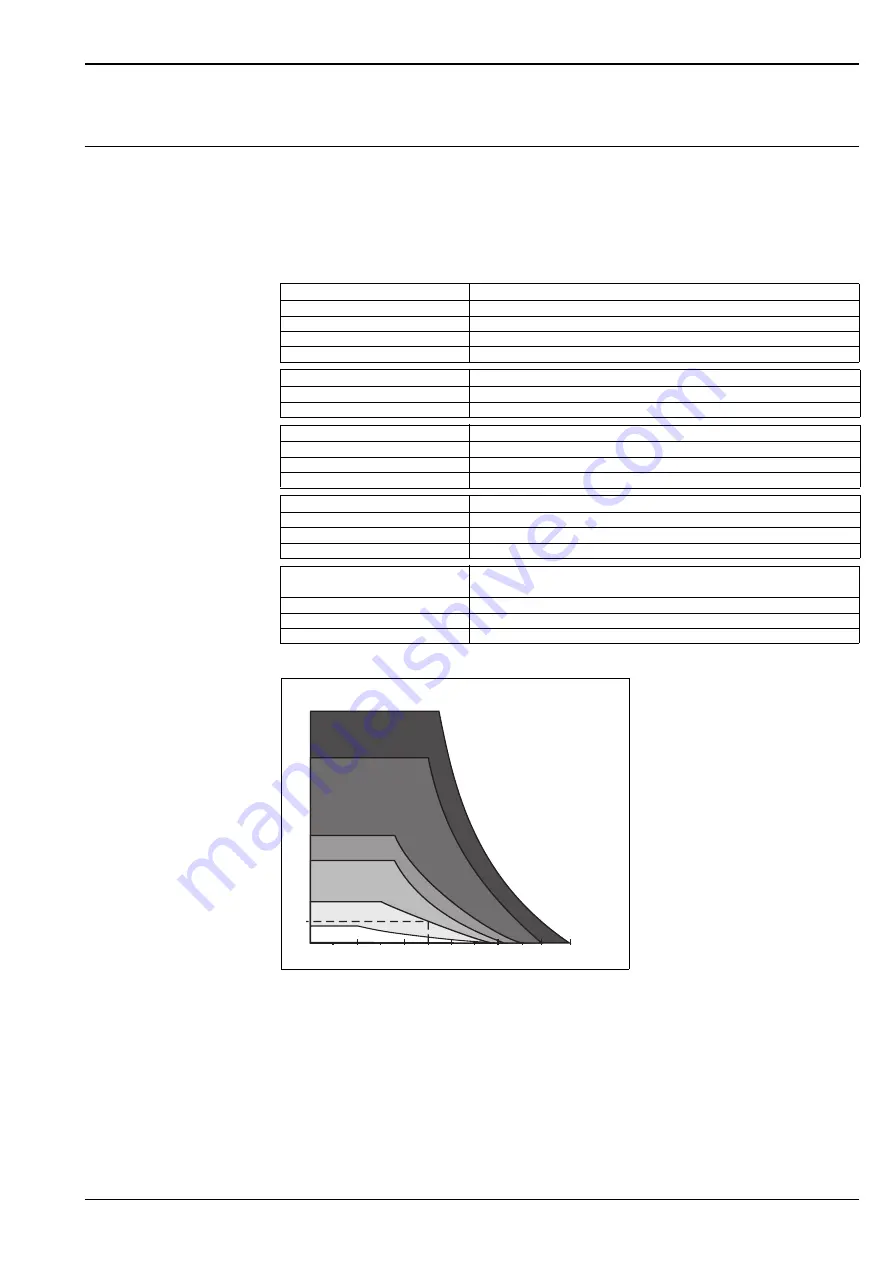
Prosonic S FDU90/91/91F/92/93/95/96
Hauser
5
Input
Measuring range
The effective range of the sensors is dependent on the operating conditions. To estimate the range, proceed as
follows (see also the example):
1.
Determine which of the influences shown in the following table are appropriate for your process.
2.
Add the corresponding attenuation values.
3.
From the total attenuation, use the diagram to calculate the range.
These measuring conditions have been taken into account during the calculation of the maximum measuring
range in solid applications.
Fluid surface
Attenuation
calm
0 dB
waves
5 to 10 dB
strong turbulence (e.g. stirrers)
10 to 20 dB
foaming
Please contact your Hauser sales representative.
Bulk material surface
Attenuation
hard, rough (e.g. rubble)
40 dB
soft (e.g. peat, dust-covered clinker)
40 to 60 dB
Dust
Attenuation
no dust formation
0 dB
little dust formation
5 dB
heavy dust formation
5 to 20 dB
Filling curtain in detection range
Attenuation
none
0 dB
small quantities
5 dB
large quantities
5 to 20 dB
Temperature difference between
sensor and product surface
Attenuation
to 20 °C (68 °F)
0 dB
to 40 °C (104 °F)
5 to 10 dB
to 80 °C (176 °F)
10 to 20 dB
L00-FDU9xxxx-05-00-00-xx-100
A:
Attenuation (dB)
R:
Range (m)
Example for FDU91(F)
• Silo with rubble:
~ 40dB
• Small quantities of
filling curtain:
~ 5dB
• Little dust:
~ 5dB
total:
~ 50dB
Range approx. 5 m (16 ft)
0
20
40
60
80
100 110
45
70
25
20
10
0
FDU95
FDU96
FDU93
FDU92
A[dB]
R [m]
FDU90
3
FDU91 F
50
( )


